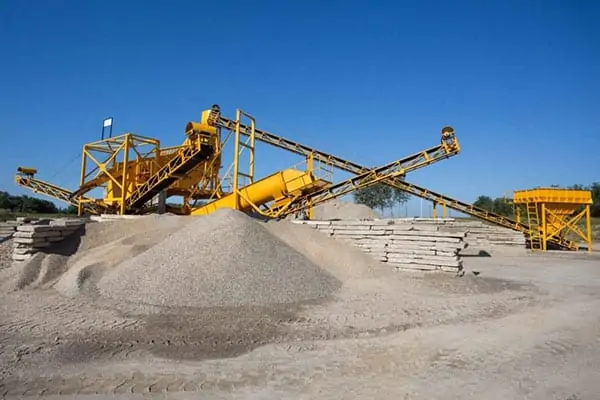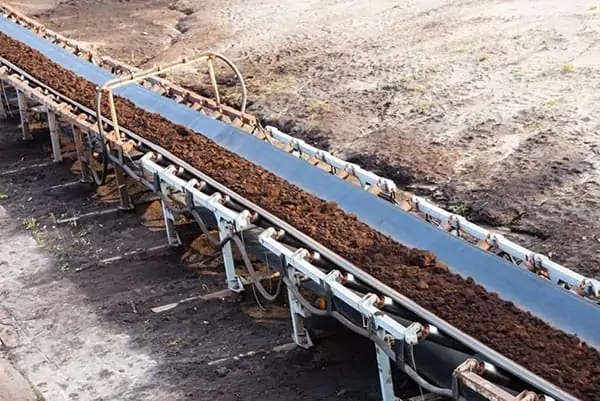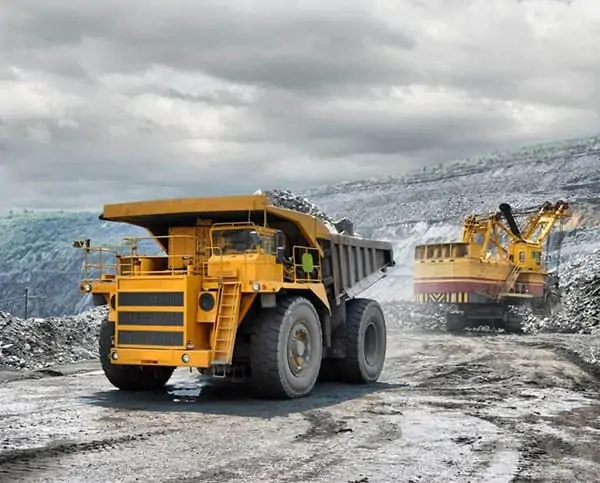The Business Case Simulation – Twin Metals Minnesota
Twin Metals simulation case study is a mining project based out of St. Paul, Minnesota, focused on the construction and operation of an underground copper, nickel, platinum, palladium, gold and silver mine.
Total investment for the project is expected to be approximately $1.7 billion, and would create an estimated 700 long-term jobs and 1,400 subsequent, non-mining jobs.
The Challenge – How MOSIMTEC Helped
Mining projects are vastly complicated, expensive and risky ventures. In the mining industry operations take place above-ground, as well as underground; at MOSIMTEC we assess a range of processes including haulage, storage, stockpiles, waste created during transportation of materials, surface material handling, and the processing facility.
This video, created using simulation software for mining operations, shows the complex nature of a mining project
It’s no wonder that generating revenue, while controlling cost, is the primary concern for mining projects.
Having strong operational insights, and the impact of key external factors, becomes a necessary component of achieving a profitable mining venture.
What We Analyzed
For Twin Metals we created two simulations designed to address different challenges:
Simulation 1
We developed a conceptual model that provided three levels of different active stopes (or “draw points” where ore is extracted), from which level loaders take ore product and transport them to a separate ore process.
The challenge lies in the varying reliability of these processes, and how they influence each other over time.
Through the simulation built by MOSIMTEC, Twin Metals was able to change the process input and test the throughput of a particular area of the mine. This gave them a birds eye view of the mine as a whole, and the viability of different draw points, without the risk of making decisions based on assumption.
The client was able to make data-driven decisions about equipment, haulage capability and overall reliability as well.
Simulation 2
A second simulation was designed in order to address more specific challenges of the mining project.
Analysis included duration of mining or extracting a specific stope, different configurations for access to the stope, constraints around unsupported roof, various cycles and schedules for drilling, and the equipment needed to drill.
The simulation allowed for Twin Metals to analyze the true capabilities of a single stope by changing the variables, including parameters and dimensions.
One important question that was addressed by the simulation was regarding a temporary rock storage facility – could they manage the project using this temporary facility or would it need to be permanent?
To determine this we analyzed the various actions in a particular underground area, over a period of production time.
Product would be fed onto an auxiliary conveyor or mainline conveyor, in order to get the product onto the surface. The focus was assessing the above-ground infrastructure’s capacity, given the variability of the rate at which product was fed from underground.
Should the product be transported to the existing ore stockpile, or to the temporary rock storage facility?
These are the types of challenges that simulation modeling gave us visibility into.
Environmental Constraints Addressed
Simulation modeling not only addresses operational issues affecting investment viability, but also other concerns facing companies in the mining industry.
Being in a beautiful part of the country outside of Ely, Minnesota there were also a lot of environmental concerns, including footprint of the ore stockpiles, which simulation gave insight into.
We were able to answer questions like “what is the footprint of stockpiles on the surface actually going to look like?” and “what will the rehandling and reloading impact be on our stockpiles?”

As one of our clients contacts said “…this analytical approach, we can do much better, it’s a much more confident way, other than just waving our arms around.”
How Simulation Actually Worked
In this specific case we used Simio simulation software in order to build a dynamic, live model. This model is set up to scale, giving you the opportunity to represent the exact mine plan and layout.
In one area we developed an underground representation and the different mining areas. It included options to input different conveyors and their capabilities, as well as maintenance that needed to be performed to keep them running optimally.
If you were to simulate a downstream shut down, the upstream conveyors would also be impacted in the model.
Twin Metals used the model to analyze where they should install two parallel conveyors, or where they should have a backup system.

Data Inputs to Ensure Steady Throughput
Simio simulation brings the ability to interchange and adjust data in order to anticipate problems or identify opportunities in the system. We worked with Twin Metals so they could change parameters and see the overall effects.
These models consume a lot of data and generate a ton of information, which we can configure using a “dashboard.”
For instance, we gleaned insight into the impact on stockpiles by adjusting the data for downtime, seeing if volatility resulted in variability on the mill or general upstream delays.
By adjusting the data and inputs Twin Metals was able to chart 15-20 years into the mine plan – with much more accuracy than if they did it without the help of simulation software.
We refer to this as experiment analysis – as opposed to rolling the dice and seeing what the future looks like. Statistical analysis allows for the kind of purview that results in confidence all around.
Simulation Modeling – Next Steps for Twin Metals
One of the greatest advantages of simulation modeling is that it allows for dynamic change; Pre-feasibility for a project is only the beginning.
As the production process evolves within the parameters Twin Metals can change data and adapt to external and internal factors – they can change projections, update objects (like machinery) in the system, and tweak processes as the design evolves.
Simulation modeling gives you the ability to expand projections, evaluate assumptions, and in general make more informed decisions.
